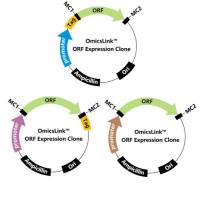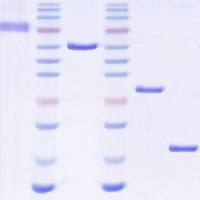Programmed Cell Death (PCD) is a broad term used to describe a series of events that culminate in the death of specific cells. In the embryo it occurs at predictable stages and tissues. During mouse development, PCD is a mechanism to preserve the homeostasis of the growing organism, and also is needed for the morphogenesis of a variety of structures. Apoptosis or PCD type I shows a sequence of morphological and biochemical changes such as plasma membrane blebbing, increase in mitochondrial membrane permeability, caspase activation, chromatin condensation, and phagocytosis. Many of these changes can be used to determine the occurrence of apoptosis in different type of samples. For example, apoptosis has been visualized in whole embryos and tissue sections using vital dyes, and by detection of degraded DNA or active caspases. In the present report, we compare these methods during the course of interdigital cell death in the mouse limbs. We discuss which method is the most suitable to detect a particular stage of apoptosis, which in some cases may be relevant for the interpretation of data. We detail combined protocols to observe mRNA expression or protein and cell death in the same tissue sample. Furthermore, we discuss some of the methodological problems to analyze autophagic cell death or PCD type II during embryo development.






